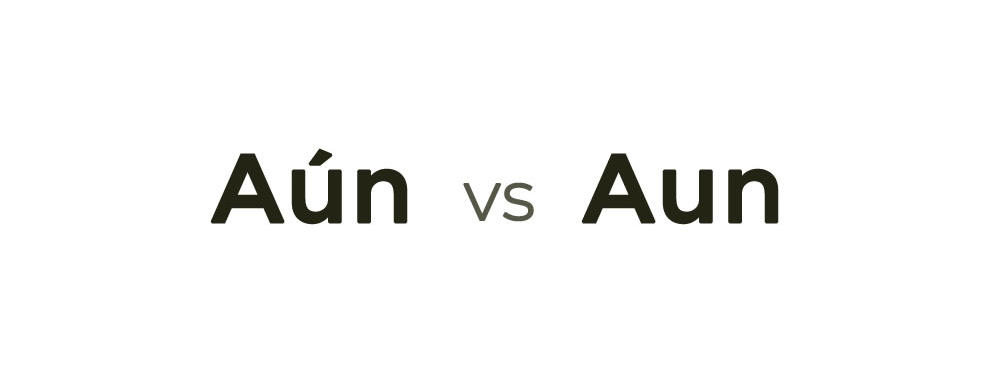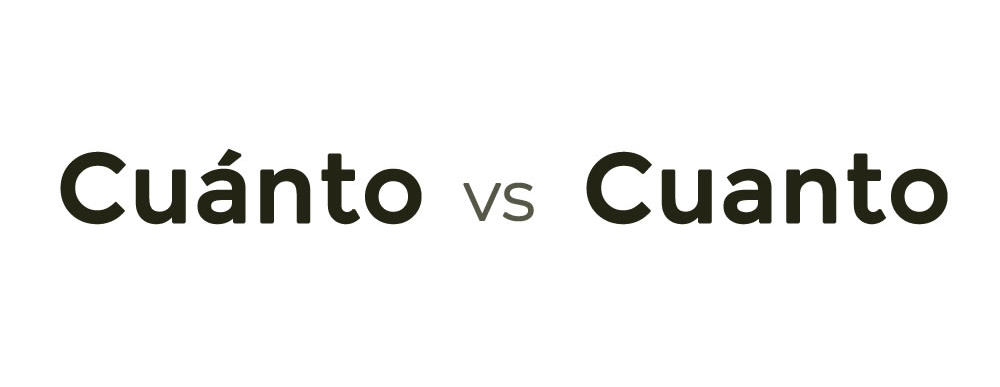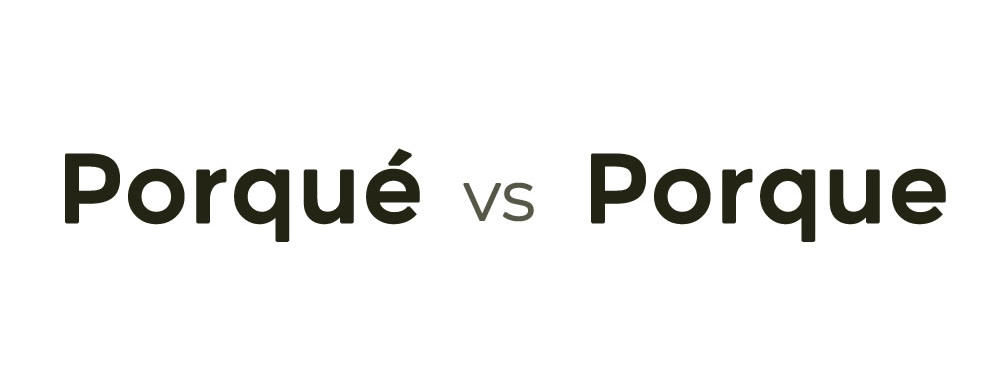Posted on Apr 29, 2019 |
To write the Spanish language correctly, you have to know the rules of how and when to use the accents. The accents have always confused us all and it is one of the most complicated topics to learn to properly write the Spanish language.
What is an accent?, In the Spanish language, many words have a syllable that pronounced stronger or higher than the others, this syllable is called 'tonic syllable'; the rest of the syllables are called 'atonic syllables'. These 'tonic syllables' are marked with the upper sign called 'tilde (in spanish)', which is the graphic accent. Even if you write your texts in the Spanish language with a word processor on your computer, it will not always correct and place the accents for you, that is why you have to learn these basic rules to accentuate the words correctly.

Rules and Tips to use accents in Spanish
- Learn to pronounce correctly. If you have learned to pronounce the word appropriately in Spanish, then you can identify the tonic syllable pronounced with more emphasis. For example: ‘teléfono’ (telephone) or ‘carácter’ (character).
- Capital letters also use accent. Previously, the capital letters were not marked with the graphic accent, but this rule has changed, nowadays uppercase and lowercase letters are accentuated in the same way.
- Sharp words (palabras agudas) use accent. Sharp words in Spanish are those whose last syllable has the highest tone or with the most emphasis. These words will always carry the graphic accent if they end in a vowel, with the letter 'n' or with the letter 's'. For example : ‘caerá’ (will fall), ‘así’ (like this), ‘jamás’ (never).
- Plain words (palabras llanas) use accent. Plain words are those whose accentuated syllable with emphasis or stronger tone is the penultimate syllable of the word. These words will always have a graphic accent as long as they end in a consonant with the exception of the letter 'n' and the letter 's'. For example : ‘fácil’ (easy), ‘césped’ (grass), ‘álbum’ (album).
- The esdrújulas and sobreesdrújulas words use accent. The ‘esdrújula’ word is the one that has the syllable with the stronger tone on the antepenultimate syllable. The ‘sobreesdrújula’ word is the one that has the syllable with the stronger tone before the antepenultimate syllable. For example : ‘ácido’ (acid), ‘óptimo’ (optimum), ‘música’ (music).
- Tilde Diacrítica.This is a very important rule to understand if you are learning the Spanish language, since sometimes it causes a bit of confusion. The monosyllabic words should not have graphic accent, however, this is allowed for a few cases to avoid confusion between two words with different meaning but written in the same way.
No Graphic Accent Graphic Accent (Tilde Diacrítica) El (article THE) | Example : El camino es largo. Él (personal pronoun HE - HIM) | Example : Él ha llamado dos veces. De (Preposition OF) | Example : Son libros de la biblioteca. Dé (verb - GIVE) | Example : Me gustaría que me dé un café. Se (pronoun IT, IT IS) | Example : Se terminó. Sé (verb - KNOW & TO BE) | Example : Sé tu mismo. Yo sé que puedes. Tu - Mi (possessive determiners YOUR - MINE) | Example : Tu libro es azul. Mi reloj es nuevo. Tú & Mí (personal pronoun YOU & MY SELF) | Example : Tú eres un viajero experimentado. Compraré esto para mí. Si (conjunction conditional IF) | Example : Si no me gusta, no lo compro. Sí (afirmation & pronoun YES & HIS - HERS) | Example : Yo pienso que sí ganaremos. Mas (conjunction THOUGH) | Example : Me invitaron, mas no quise ir. Más (adverb - MORE) | Example : Tomaré más café. Te (pronoun YOU) | Example : Te llamaré más tarde. Té (TEA) | Example : Prefiero tomar té. - Accents for exclamatory and interrogative. The words : que, quien, cual, cuando, cuanto, donde & como, will always have an accent when used in exclamatory or interrogative sentences. For example : ¿Qué día es hoy?, ¡Qué rica está la comida!
- The word ‘aun’. This word uses accent only when used to replace the word TODAVÍA (still - yet). For example : ‘Aún estamos trabajando.’ On the contrary, this word has no accent when the meaning is the same as AUN (even). For example : ‘Aun tomando más café, tube mucho sueño.’
- The word ‘solo’. This word will never have graphic accent when it refers to ‘be alone’. For example : Yo estoy solo.
Just remember these basic tips, keep practicing and learning !
Latest Posts
-
Easter Week 2025 Schedule Processions Antigua Guatemala
- Mar 02, 2025 -
Ten Beautiful Words in the Spanish Language
- Jul 13, 2024 -
Easter Week 2024 in Antigua Guatemala
- Feb 04, 2024



